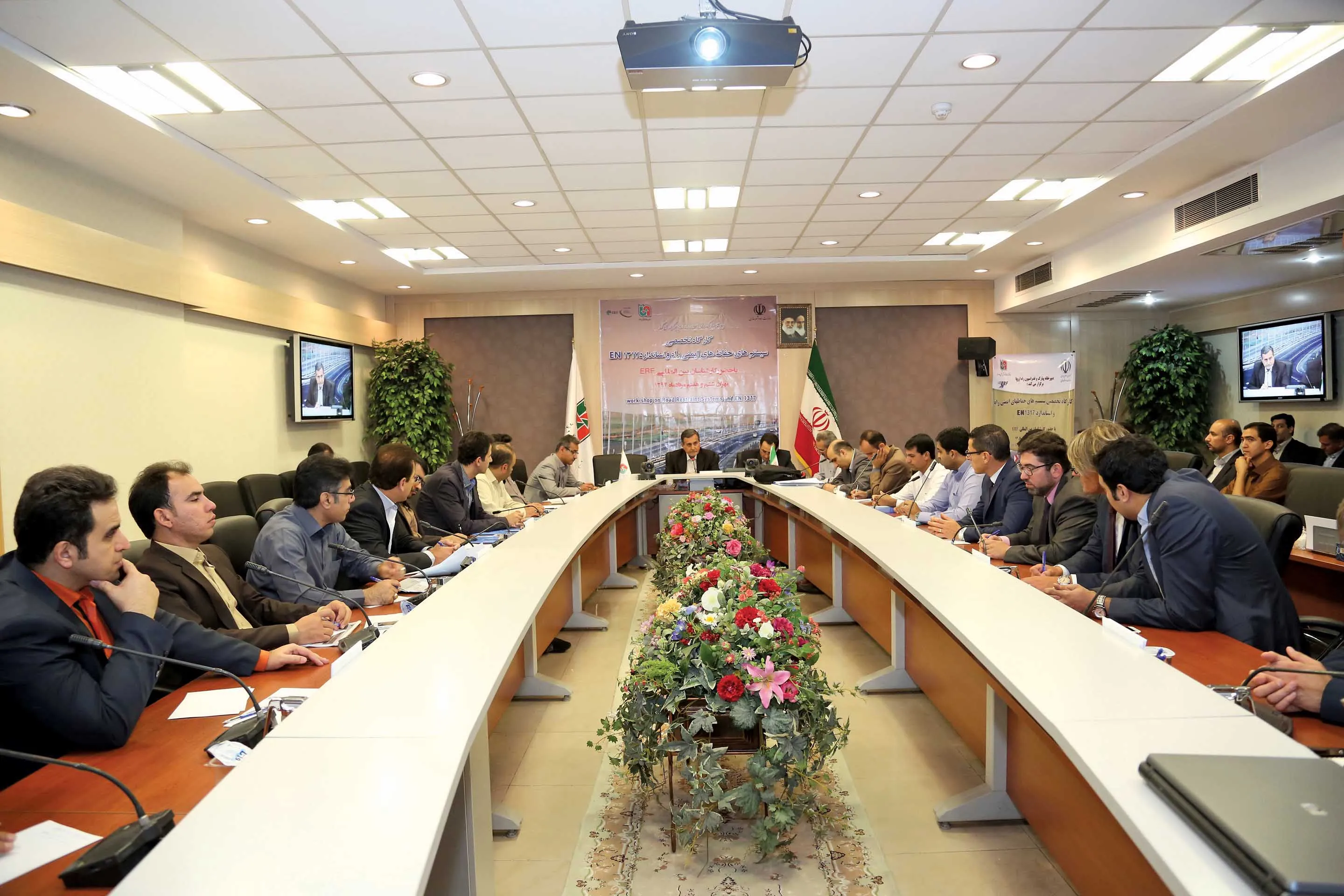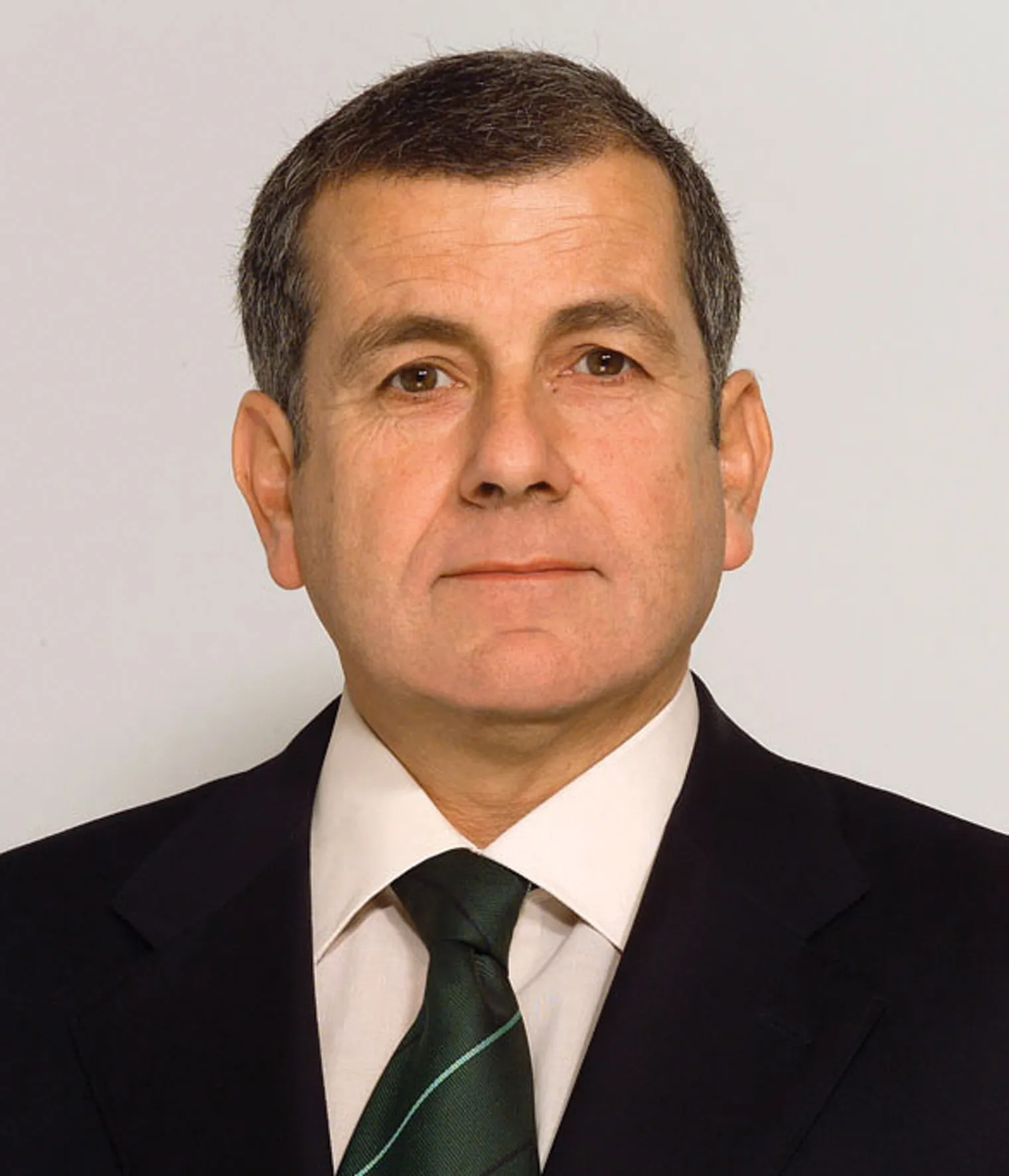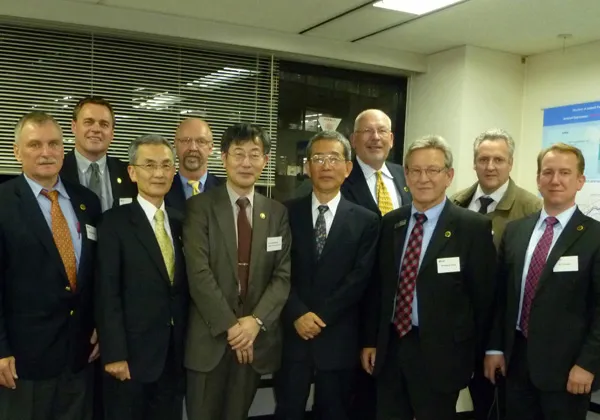ITS Australia president Dr Norm Pidgeon has described the forthcoming ITS 2011 Summit, being held from 20-22 September at the Gold Coast, as ITS Australia’s most ambitious project to date.
February 28, 2012
Read time: 2 mins
Like the inaugural Summit in 2009, the ITS 2011 Summit will be a roll-up the sleeves working session with the theme Strategy into Action. It will bring together all ITS stakeholders, including entrepreneurs, manufacturers and users, including vehicle and component manufacturers, transport businesses and government bodies responsible for transport infrastructure.
"As we continue to align technology standards among ITS producers, and apply identical technical regulations across Australia's state and territory borders, we will bring even greater safety, security and productivity benefits to the nation's transport infrastructure," said Pidgeon.
"With significant input from the internationally renowned ITS pioneers speaking at the ITS 2011 Summit, this meeting will share experiences about the development and implementation of major projects. This will benefit future applications by enabling synergies across projects to be identified and capitalised upon, and will reveal potential overlaps to be avoided," he said.
Keynote speakers from Australia, Belgium, Greece, Italy, Korea, Norway, South Africa, UK, and USA will inspire debate over two days, including a full day workshop leading to the Summit objective of capturing industry input to a strategy for national ITS development.
That strategy will cover transport operations, vehicle and freight technologies, traveller information, a national ITS architecture, and the roles of academia, industry and government. ITS Australia is committed to working with Austroads and other stakeholders to deliver an integrated national strategy.
"The ITS 2011 Summit is our most ambitious project,” Pidgeon said. “The Summit outcomes will help set the national agenda for the development of technologies to further improve the safety, security and economic performance of Australia's transport infrastructure for the coming decade.”









